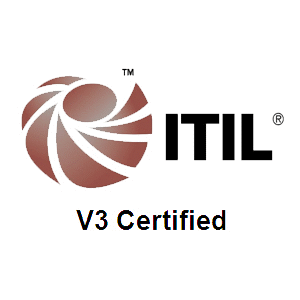Cloud Database Security vs. On-Premises: Challenges, Tools, and Real-World Insights
☁️ Cloud vs. On-Premises Database Security: A Strategic Transformation The approach to securing databases has evolved significantly with the rise of cloud computing. In a traditional on-premises setup, organizations maintain complete control over their infrastructure. This includes physical servers, network configurations, and security protocols. IT teams are solely responsible for implementing and managing all aspects … Continue reading
AI Destroying Creativity or Creative Industry
In 2025, artificial intelligence is no longer a futuristic concept—it’s a central force in the creative world. From music and film to fashion, literature, and visual arts, AI is transforming how creative work is imagined, produced, and consumed. While this evolution brings exciting opportunities, it also raises serious concerns about originality, ethics, and the future … Continue reading
DP-300 : How to Pass Azure Database Administrator Certification
As businesses increasingly migrate their databases to the cloud, the demand for skilled database administrators is skyrocketing. The DP-300: Administering Microsoft Azure SQL Solutions certification is designed for professionals who want to manage, monitor, and optimize Azure SQL databases and hybrid data environments. Whether you’re an on-premises DBA transitioning to the cloud or an IT … Continue reading
PESTLE Analysis for Databases Explained | Real-World Use Cases & Tool
📘 Understanding PESTLE PESTLE is a strategic framework used to evaluate external macro-environmental factors that influence business operations. It stands for This model is particularly useful for assessing how external forces impact database systems, which are foundational to modern digital infrastructure. 🧩 PESTLE Analysis Applied to Databases 🏛️ Political Factors 💰 Economic Factors 👥 Social … Continue reading
Generative AI vs Predictive AI | Real-World Examples & Tools You Should Know
What is Artificial Intelligence? Understanding Predictive vs. Generative AI Artificial Intelligence (AI) is transforming how we live, work, and interact with technology. From personalized recommendations to AI-generated art, the applications are vast and growing. But not all AI is the same. Two of the most talked-about types are Predictive AI and Generative AI—each with distinct … Continue reading



